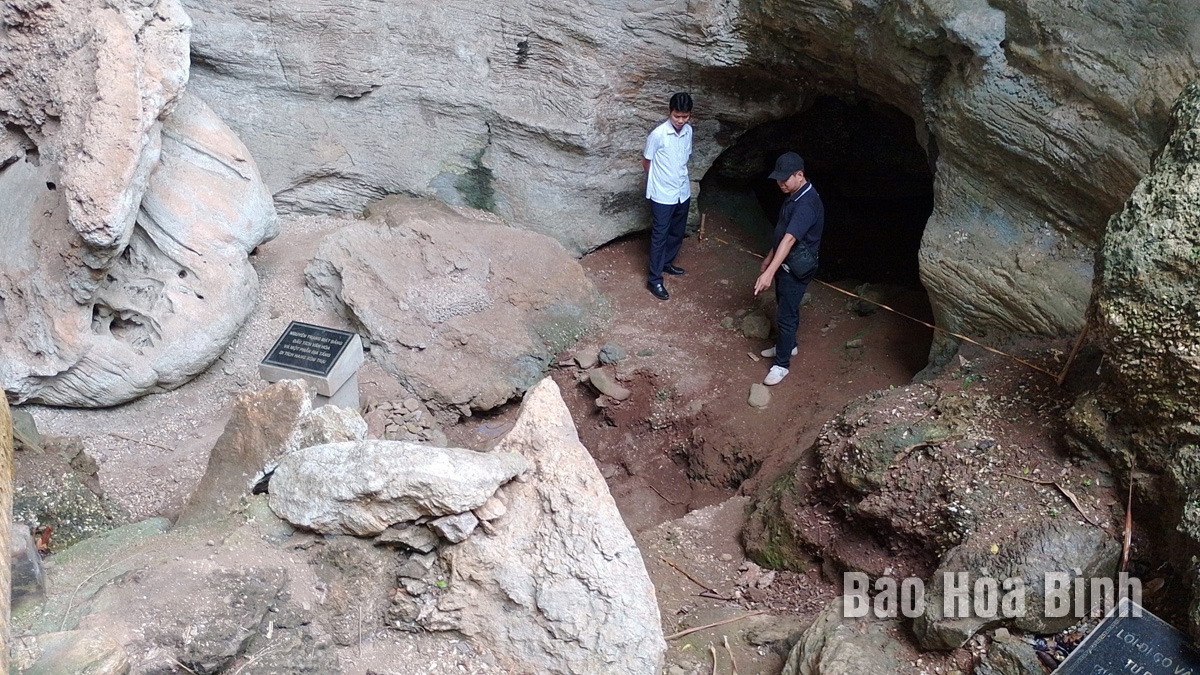
On July 18th, 2024, the Prime Minister issued Decision No. 694/QĐ-TTg, ranking three sites across the country as the national special relics. Among them, Hoa Binh province's archaeological site, Hang Xom Trai and Mai Da Lang Vanh (Lac Son) was recognized as a national special relic.

The Institute of Archaeology conducted the excavations at Hang Xom
Trai at the beginning of 2024.
Hang Xom
Trai in Tan Lap commune and Mai Da Lang Vanh in Yen Phu commune were previously
classified as the national historical sites. Due to their unique and original
state, and their exceptional cultural and historical value, these sites serve
as the crucial samples for the prehistoric archaeological research in Vietnam
and in the region. The remaining cultural artifacts at the site, along with
those displayed at the Hoa Binh Provincial Museum, the National Museum of
Vietnamese History, and the Institute of Archaeology, are significant evidence
of the origins and history of the communities living in Hoa Binh and throughout
Vietnam.
This marks
the first time a site in Hoa Binh has been designated as a national special
relic.
The People’s Committee of Lac Son district held a ceremony on April 28 to receive the provincial relic certificate for the ancient rock carving site at Suoi Co stream, located in My Thanh commune.
A special music show titled "The country is in the fullness of joy” has been held at Hoa Binh Square in Hoa Binh city in celebration of the 50th anniversary of the liberation of the South and national reunification (April 30, 1975–2025).
The People's Committee of Lo Son commune, Tan Lac district, has organised the local annual traditional stream fishing festival on April 19 - 20.
As a land deeply intertwined with human history and Vietnam’s millennia-long journey of nation-building and defence, Hoa Binh is often revered for its epic tales and legends.
Residents of Hoa Binh boast a rich cultural identity, reflected in their unique language, traditional attire, customs, and folk melodies – described as "sweet as honey, clear as a mountain stream.”
Lac Son district’s Vu ban town held the 2025 Truong Kha temple festival on April 12–13 (the 15th–16th days of the third lunar month). Since its revival in 2019, the festival has been organised every three years, preserving valuable intangible heritage while meeting the community’s cultural and spiritual needs.



